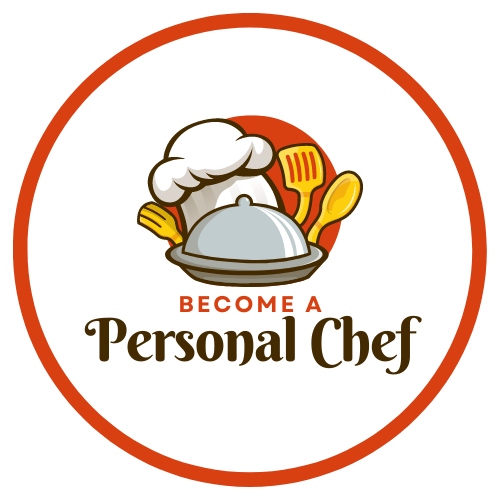Table of Contents
ToggleRussian Food for Personal Chefs
Welcome to the adventurous world of cuisine! As personal chefs, we’re constantly on a quest for new and unique flavors to enrich our offerings. Today, let’s embark on a culinary journey to Russia, a country with a rich and diverse food culture that has evolved over centuries.
Aspiring personal chefs need to offer something different than traditional chefs who specialize in one or two kinds of cuisines. I’ve written an extensive article with links to many cuisines for your consideration – World Cuisine for Personal Chefs
Key Ingredients in Russian Cuisine
Russian cuisine is known for its hearty and comforting dishes. The key ingredients include potatoes, beets, cabbage, mushrooms, various types of meat (pork, beef, lamb, chicken), and fish. Dairy products, eggs, grains, and local honey also feature prominently. Spices such as black peppercorn, mustard, dill, and juniper are frequently used to enhance the flavors.
Sourcing Ingredients and Finding Substitutes
Most ingredients used in Russian cuisine can be found in local supermarkets. If certain ingredients are difficult to source, consider using substitutes that offer a similar flavor profile.
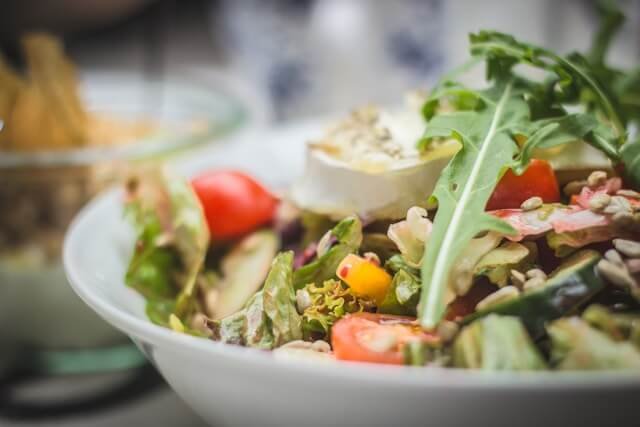
Traditional Cooking Methods
Russian cooking methods are diverse and often involve boiling, baking, roasting, or stewing. Soups and stews are integral parts of the cuisine, with many dishes slow-cooked to allow the flavors to meld together.
Taste Profile and Spice Level
Russian cuisine offers a balance of flavors, ranging from the earthy taste of root vegetables to the richness of meats and dairy products. While some dishes use spices like mustard and black peppercorn, Russian cuisine is not typically spicy4. Adjusting the spice level to suit your client’s preference should not significantly alter the dish’s authenticity.

Cultural Significance and History
Russian cuisine reflects the country’s vast geography and varied climate, with regional variations influenced by local resources and historical influences. The cuisine has evolved over centuries, with traditional recipes passed down through generations.
Dietary Restrictions and Allergies
Given the heavy reliance on dairy and meat, chefs should be mindful of potential allergies and dietary restrictions. However, there are plenty of delicious Russian dishes that cater to different dietary needs, such as vegetarian beetroot soup (borsch) or mushroom-based dishes.
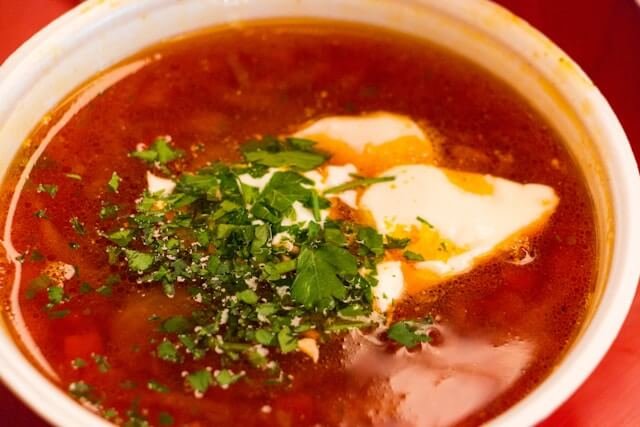
Health Factor and Modifications
While some Russian dishes can be rich due to the use of meat and dairy, many others feature nutrient-dense ingredients like vegetables, legumes, and grains. As a personal chef, you can make healthier versions of traditional dishes by controlling the amount of oil and salt used.
Traditional Accompaniments
Russian meals are often accompanied by bread, pickles, and a variety of condiments. Tea is a staple beverage in Russian food culture, often served with sweets or pastries as a form of hospitality.
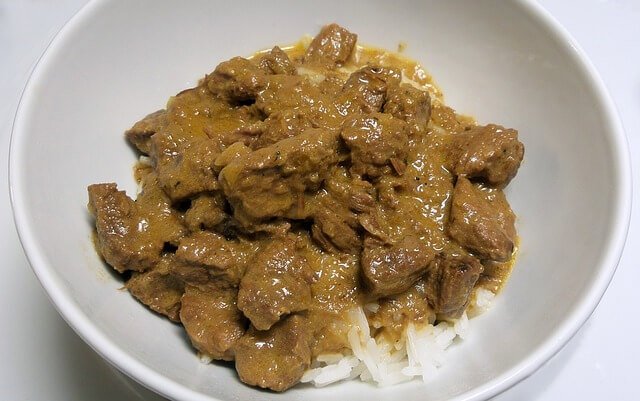
Presentation and Serving
Family-style dining is common in Russian food culture, with communal dishes placed in the center of the table. This approach encourages sharing and enhances the social aspect of dining.
Variations and Special Equipment
Regional variations are common in Russian cuisine, reflecting the country’s vast geography and diverse climate. No specific equipment is needed beyond what is typically found in a well-stocked kitchen.
Russian Oven (Pechka): Traditional Russian stove used for baking bread and cooking dishes like Pirozhki and Solyanka.
Samovar: A metal container traditionally used to heat and boil water in Russia, particularly for making tea.
Dutch Oven or Heavy Pot: Essential for slow-cooking soups and stews like Borscht and Solyanka.
Blini Pan: A small frying pan used to make blinis, thin Russian pancakes.
Pierogi Mold: A handy tool for making uniform dumplings or pierogi.
Deep Frying Pan: Used for dishes that require deep frying, such as Pirozhki.
Roasting Pan: Useful for roasting meats and vegetables.
Sharp Chef’s Knife: Necessary for precise cutting and slicing of ingredients.
Cutting Board: A sturdy cutting board is needed for preparing ingredients.
Mixing Bowls: Various sizes are useful for preparing and mixing ingredients.
Measuring Cups and Spoons: For accurate measurement of ingredients.
Strainer: Useful for separating solids from liquids when making broths or sauces.
Wooden Spoons: Ideal for stirring dishes without scratching your pots and pans.
Grater: Essential for grating beets for Borscht or potatoes for Draniki (potato pancakes).
Rolling Pin: Necessary for rolling out dough for pastries or dumplings.
Remember, investing in high-quality tools can greatly enhance your cooking experience and the outcome of your dishes. Keep them well-maintained for the best results.
Wondering what tools a personal chef might need? I’ve written an extensive article for you – A Comprehensive List Of Must-Have Tools and Essential Items for the Personal Chef
Pre-preparation and Personal Preferences
Some elements of Russian cuisine, like marinating meats or preparing dough for pastries, require advance preparation. Always consider your client’s personal preferences and dietary needs to ensure a satisfying dining experience.
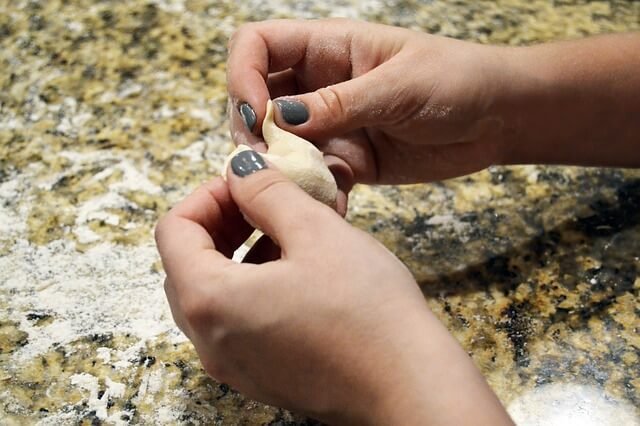
Russian Food for Personal Chefs
Russian cuisine is rich in history, culture, and flavors. It has been influenced by various factors such as geography, climate, religion, and political events. As a personal chef, incorporating Russian dishes into your menu can add diversity and excitement to your clients’ dining experience.
So, put on your chef’s apron, and let’s explore the rich flavors and traditions of Russian cuisine!
Here are some of my favorite tools for providing my personal chef service
As an experienced personal chef, I’ve found that the secret to creating mouthwatering dishes goes beyond just having a passion for food. It’s also about using the right kitchen tools. Today, I’m going to share with you my must-have kitchen items that help me bring my culinary creations to life.
1. Chef’s Knife
The first item on my list is a high-quality chef’s knife. It’s the most versatile tool in my kitchen, perfect for chopping, slicing, and dicing. My preference is for a Global Chef’s Knife, known for the edge and the way they are balanced.
2. Cast Iron Skillet
Next up is a good old cast-iron skillet. From searing steaks to baking cornbread, this pan does it all. I love the Lodge Cast Iron Skillet, which retains heat beautifully and adds a nice crust to anything you cook.
3. Stainless Steel Pots and Pans
A set of stainless steel pots and pans is essential for a variety of cooking techniques. They’re great for simmering, boiling, and sautéing. All-Clad’s Stainless Steel Cookware Set is my go-to choice for its exceptional performance and durability.
4. Immersion Blender
An immersion blender makes pureeing soups, making smoothies, and blending sauces a breeze. I suggest the Braun Multiquick Hand Blender, which is powerful, easy-to-clean, and highly versatile.
5. Digital Thermometer
To ensure perfectly cooked meats every time, a digital thermometer is a must. The ThermoPro TP19 Waterproof Digital Meat Thermometer provides speedy and accurate readings, ensuring your roast chicken or prime rib is cooked to perfection.
6. Silicone Spatula
A silicone spatula is a chef’s best friend for its versatility. It’s heat-resistant, non-stick, and perfect for everything from folding batter to stirring sauces. I recommend the OXO Good Grips Silicone Spatula.
7. Stand Mixer
Lastly, for avid bakers, a stand mixer is a game-changer. The KitchenAid Artisan Series 5-Qt. Stand Mixer isn’t just a pretty face; it makes mixing doughs and batters effortless.
These are the tools that I use daily in my personal chef service. Remember, quality tools make a difference, but they don’t have to break the bank. Start with the basics and add on as you grow more comfortable and adventurous in the kitchen.
Happy cooking!
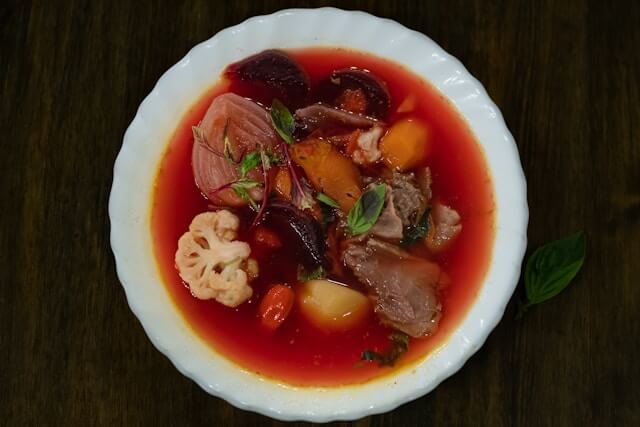
Footnotes
